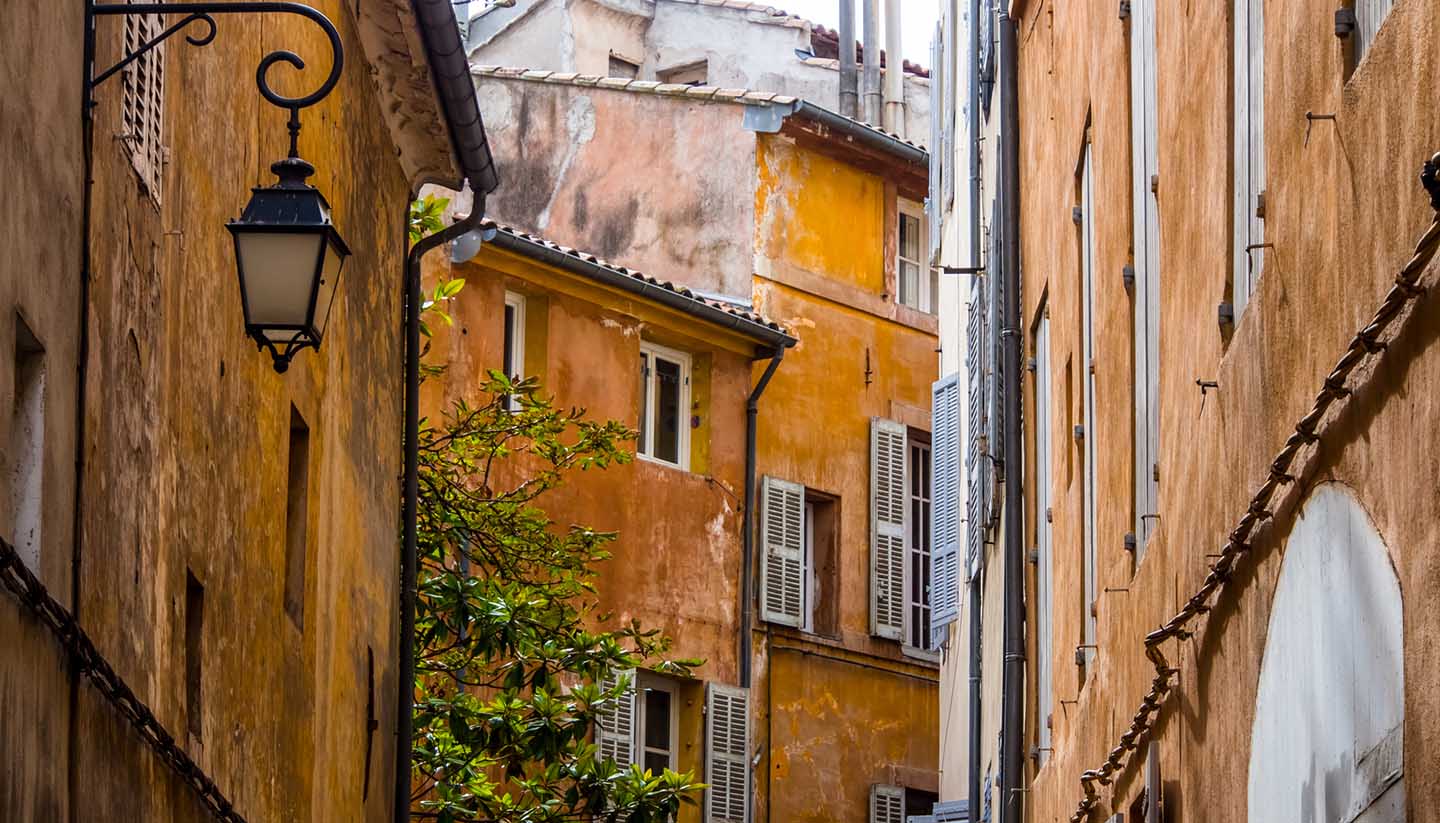Aix en Provence History
Artistic Aix has come a long way from its Roman roots.
Aix (Aquae Sextiae) was founded in 122BC by the Roman consul Sextius Calvinus. In 102BC it was the scene of the Battle of Aquae Sextiae when the Romans defeated the Cimbri and Teutones.
In the fourth century AD Aix became Narbonensis Secunda, but successive invasions and attacks by the Visigoths, Lombards and Saracens wrecked the city.
Aix didn’t reach its golden age until after the 12th century. In 1182, Aix became home to the Counts of Provence. The town developed around three main sites, the Palace of the Counts, the Saint-Sauveur Cathedral and several districts of artisans and merchants.
From this period, the town has preserved its outer wall, which begins at the old Bourg Saint Sauveur.
In 1409, Louis II of Anjou established the university. Under the reign of his son René (1409-1480), Aix became a centre for artistry.
A year after René’s death, Provence was annexed by the Kingdom of France, though for two centuries the town refused to accept the monarchy’s centralist policies.
In 1501 Louis XII established a parliament here, which existed until 1789.
It was not until the reign of Louis XIV that this ‘rebellious’ town became a ‘court city’, organised around judiciary and religious power. Revitalised by social and urban development, Aix changed and expanded.
From 1646 onwards, aristocrats, advisers, magistrates and notables left their homes in the medieval town to settle in the new Mazarin quarter.
In 1650, the Parliament opened a street for horse-driven carts in place of the crumbled ramparts, which in the 19th century became the Cours Mirabeau. The richly adorned facades and gates of the mansions were a measure of the successes enjoyed by their owners.
Since the mid-20th century, Aix has experienced an unprecedented demographic and economic boost, helped by the rejuvenation of the historic centre and a thriving cultural scene.
Did you know?
• Artist Paul Cézanne (1839-1906) was born and died in Aix.
• The Festival d’Aix was first held in 1948.
• The city’s main library is housed in a former match factory.


